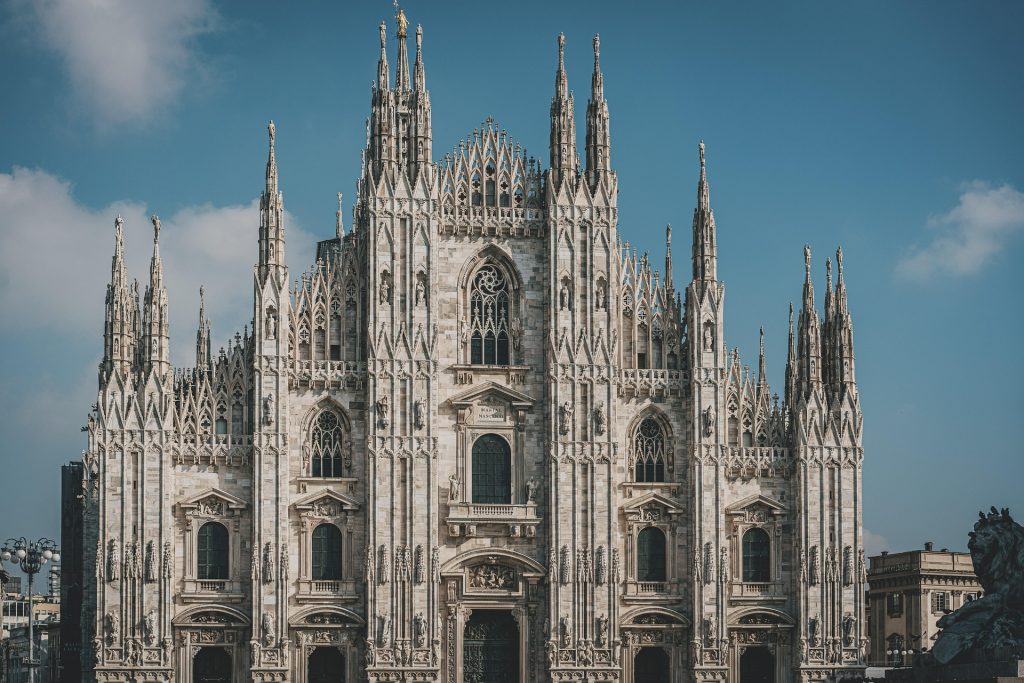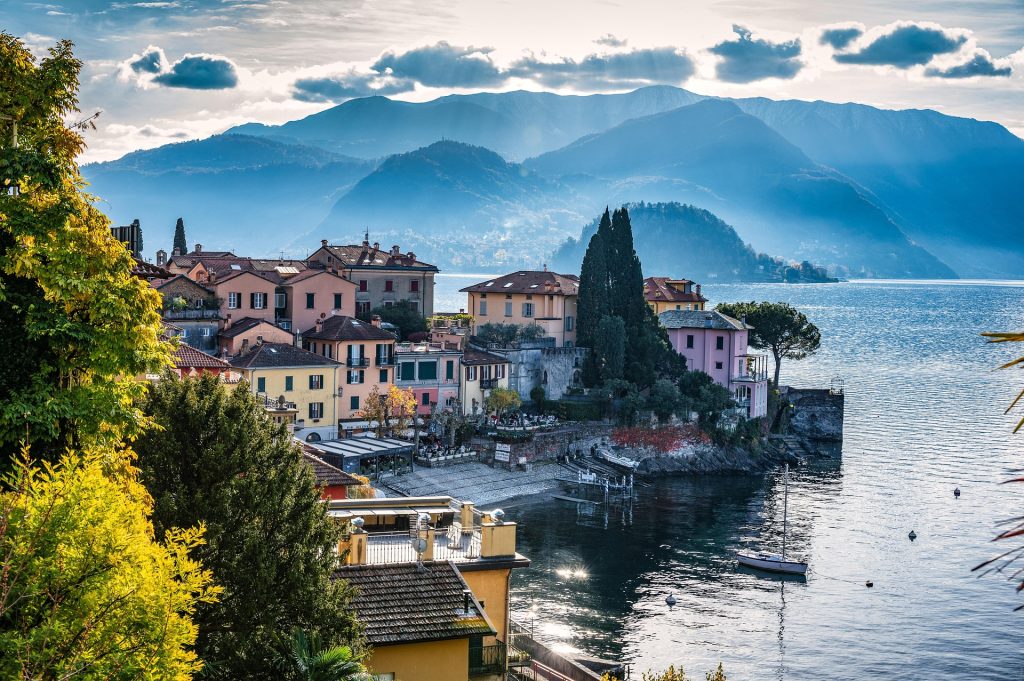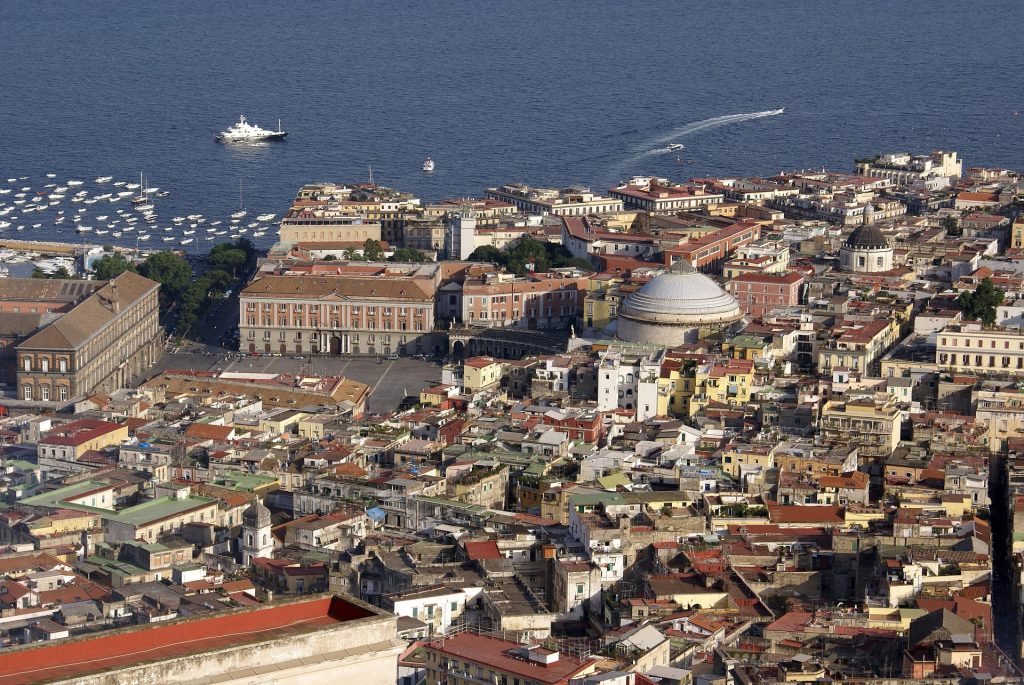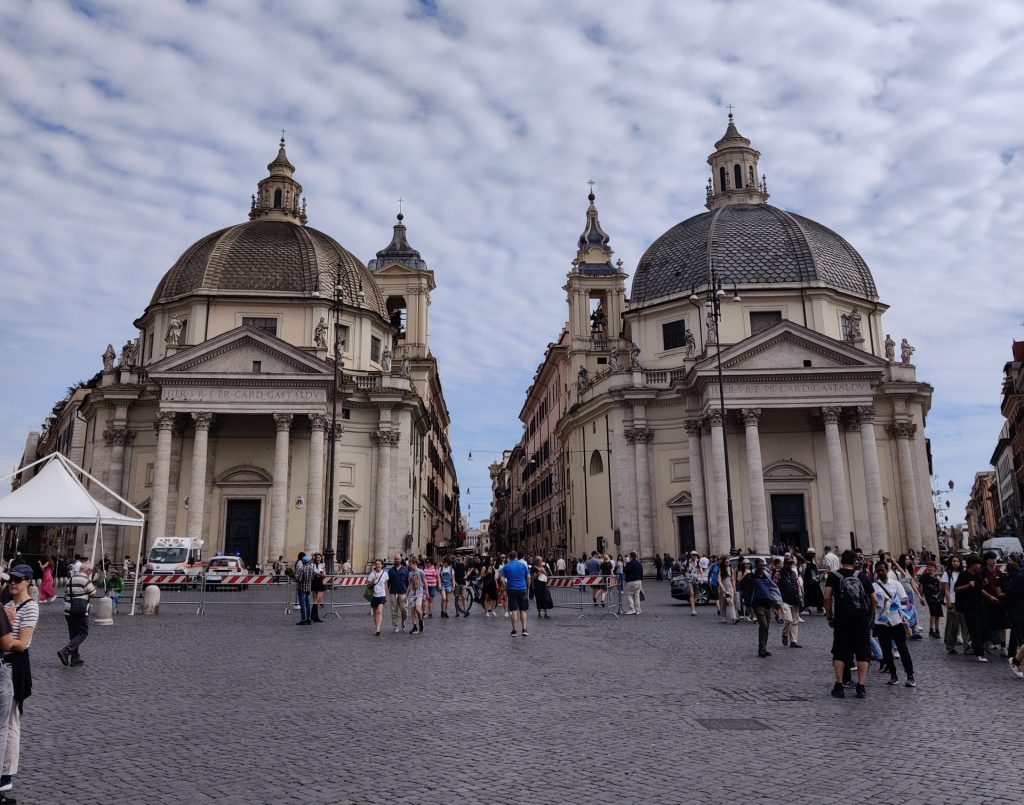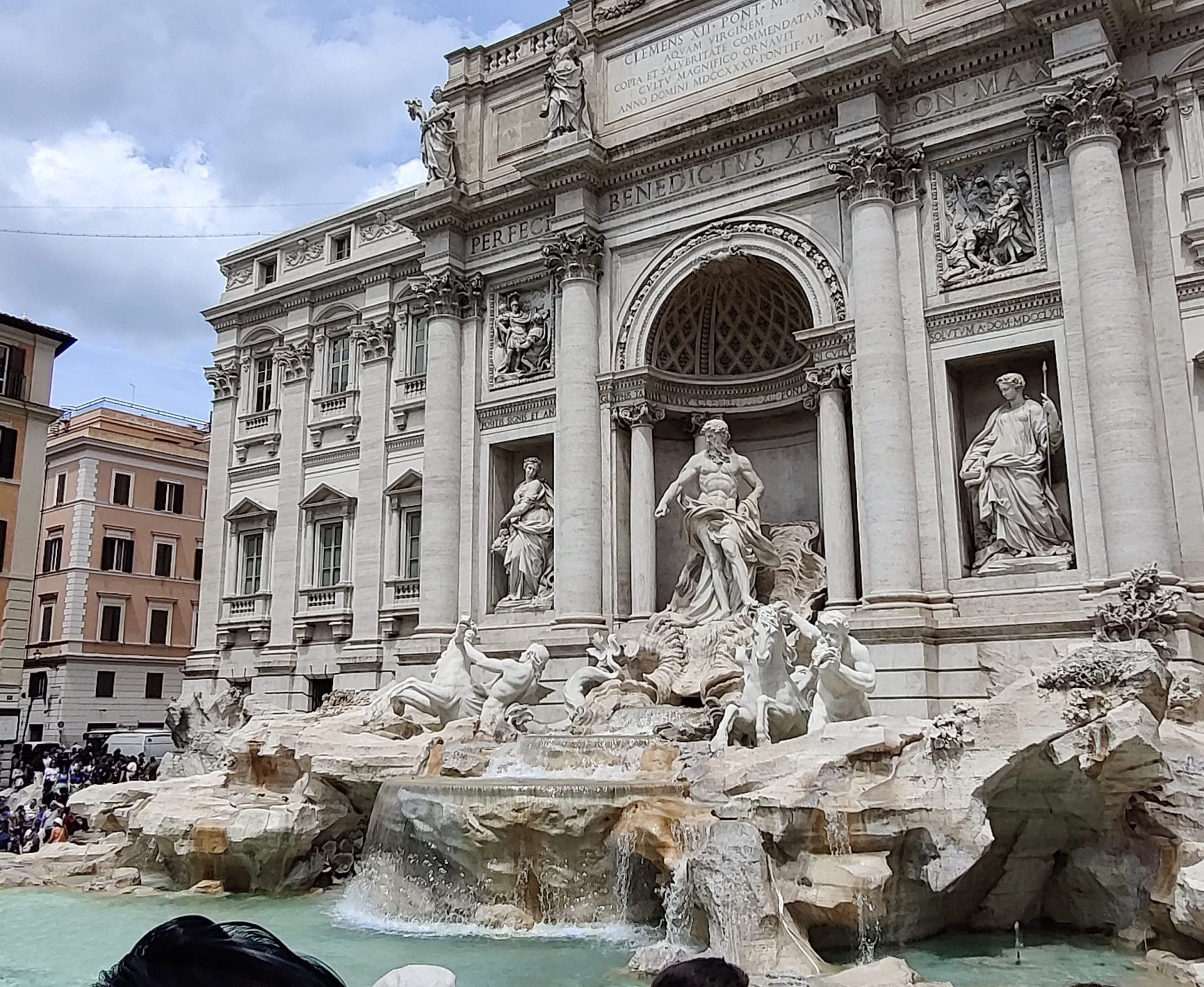
Italy
A Land of Art, History and Pizza
IItaly is a captivating blend of ancient heritage and modern charm, where bustling cities harmonize with idyllic countryside. From the romantic canals of Venice to the sun-kissed vineyards of Tuscany, this Mediterranean gem offers an unforgettable experience for every traveler. Immerse yourself in its rich cultural legacy, indulge in world-famous cuisine, and marvel at breathtaking landscapes and architectural masterpieces. Whether you’re seeking history, romance, or culinary delights, Italy promises a journey like no other.
Why visit?
Italy is a land of timeless beauty, where ancient history meets vibrant contemporary life. Here’s why it should be on your travel bucket list:
- Architectural Wonders: Explore iconic landmarks like the Colosseum in Rome, the Leaning Tower of Pisa, and the stunning Duomo in Florence.
- Italy is not just a destination. It’s an experience that will leave you enchanted.
- Rich Culture: A vibrant tapestry of art, music, and traditions, with influences from the Roman Empire, Renaissance, and beyond.
- Breathtaking Landscapes: From the dramatic Amalfi Coast and rolling hills of Umbria to the crystal-clear waters of Sardinia and the majestic Dolomites.
- Exquisite Cuisine: A culinary paradise with flavors ranging from authentic Neapolitan pizza and fresh pasta to rich risottos and decadent gelato.
- Charming Villages: Discover picturesque towns like Cinque Terre, Positano, and San Gimignano, each offering a unique glimpse into Italian life.
- Family-Friendly: Traveling to Italy with kids is a joy, thanks to its welcoming atmosphere, historic sites, and activities for all ages.
- Spiritual and Artistic Haven: Explore ancient churches, Vatican City, and world-class museums that showcase Italy’s profound artistic and spiritual heritage.
Top destinations
What to see and do?
Practical info
What you need to know before travelling to here
Travel Information
Visa Requirements:
Italy is part of the Schengen Area, so travelers from the EU, US, Canada, Australia, and other visa-exempt countries can visit for up to 90 days within a 180-day period without a visa. However, it’s important to check specific requirements based on your nationality, as some travelers may need to apply for a Schengen Visa in advance.
Currency:
The official currency is the Euro (EUR).
Language:
Italian is the official language, but English is widely spoken in tourist areas, major cities, and hotels. Learning a few basic Italian phrases can enhance your experience and is often appreciated by locals.
Best Time to Visit:
- Spring (March–May): Mild weather, blooming landscapes, and fewer crowds make it ideal for exploring cities like Rome, Florence, and Venice.
- Summer (June–August): Perfect for coastal destinations like the Amalfi Coast, Sicily, and Sardinia, as well as outdoor festivals and events. Be prepared for higher temperatures and crowds.
- Autumn (September–November): Pleasant weather, harvest season, and vibrant fall colors create a picturesque setting for wine tours in Tuscany and cultural visits.
- Winter (December–February): A quieter time to explore historic sites, enjoy festive Christmas markets, and experience skiing in the Italian Alps or Dolomites.
Transportation:
- Domestic Flights: Connect major cities like Rome, Milan, Naples, and Palermo, as well as islands like Sicily and Sardinia.
- Trains: Italy’s rail network is efficient and extensive, with high-speed trains (Frecciarossa, Italo) connecting cities like Rome, Florence, Venice, and Milan. Regional trains are ideal for reaching smaller towns.
- Buses: Reliable for reaching rural areas and smaller villages, with companies like FlixBus offering affordable options.
- Public Transport: Major cities like Rome, Milan, and Naples have metro, bus, and tram systems. Venice is famous for its water buses (vaporettos).
- Driving: Renting a car is a great option for exploring the countryside, Tuscany, or the Amalfi Coast, but be prepared for narrow roads and limited parking in cities.
- Ferries: Essential for traveling to islands like Sicily, Sardinia, Capri, and the Aeolian Islands, as well as along the Amalfi Coast.
Additional Tips:
- Tipping: Not mandatory, but rounding up the bill or leaving small change (5–10%) in restaurants is appreciated.
- Dress Code: Italians tend to dress stylishly, especially in cities. Modest attire is required when visiting churches and religious sites.
- Local Etiquette: Greet people with a friendly “Buongiorno” (Good morning) or “Buonasera” (Good evening)
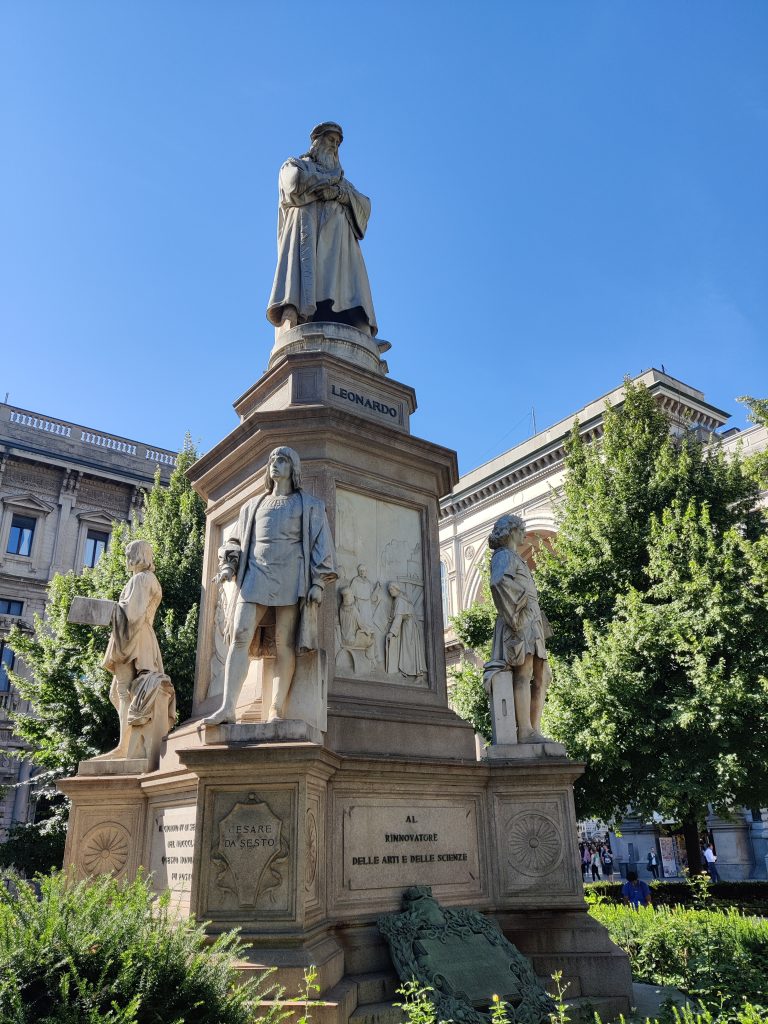
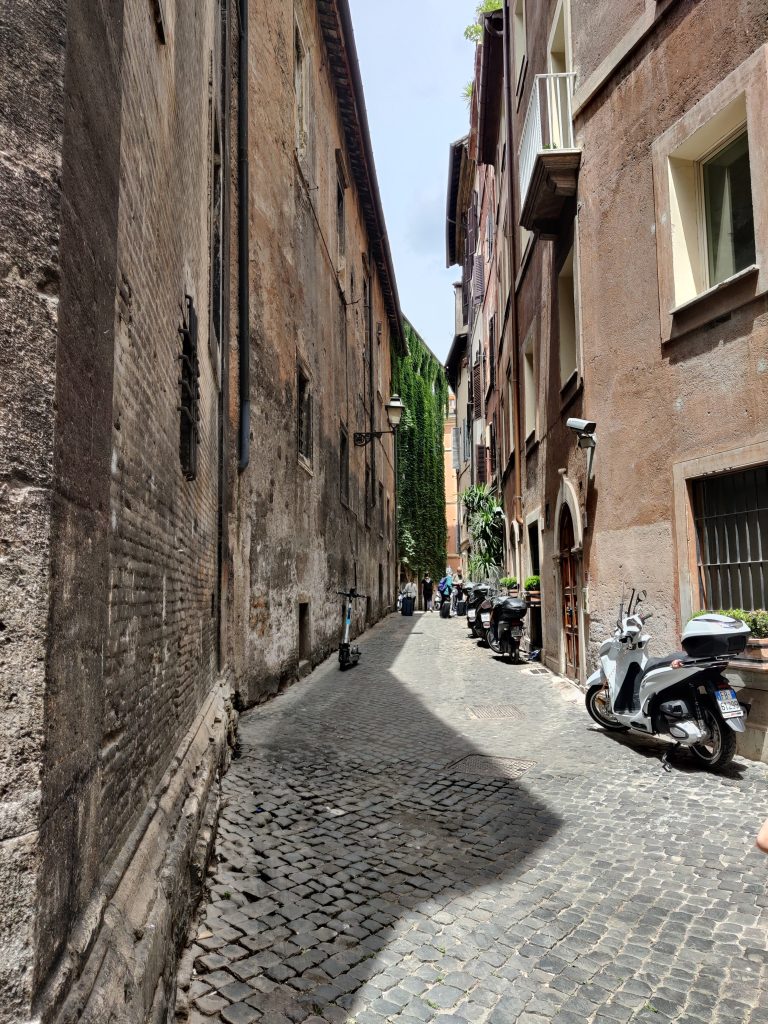
Weather
Italy enjoys a diverse climate, with weather varying significantly across its regions. The north, including cities like Milan and Venice, experiences cold winters and warm, humid summers, while the central regions, such as Rome and Florence, have mild winters and hot, dry summers. Southern Italy and the islands of Sicily and Sardinia boast a Mediterranean climate, with mild, rainy winters and long, hot, sunny summers, making them ideal for beach vacations. Spring (March–May) and autumn (September–November) are generally the best times to visit, offering pleasant temperatures and fewer crowds, perfect for exploring Italy’s cities, countryside, and coastal areas.

